Pierre Yantorny & Mrs. Lydig’s shoe collection
Yantorny was the most exclusive shoemaker in Paris in the early 20th century working out of a private atelier at 26 Place Vendome. Mrs. Rita de Acosta Lydig was his best customer. Mrs. Lydig possessed at least three hundred pairs of shoes by Yantorny.
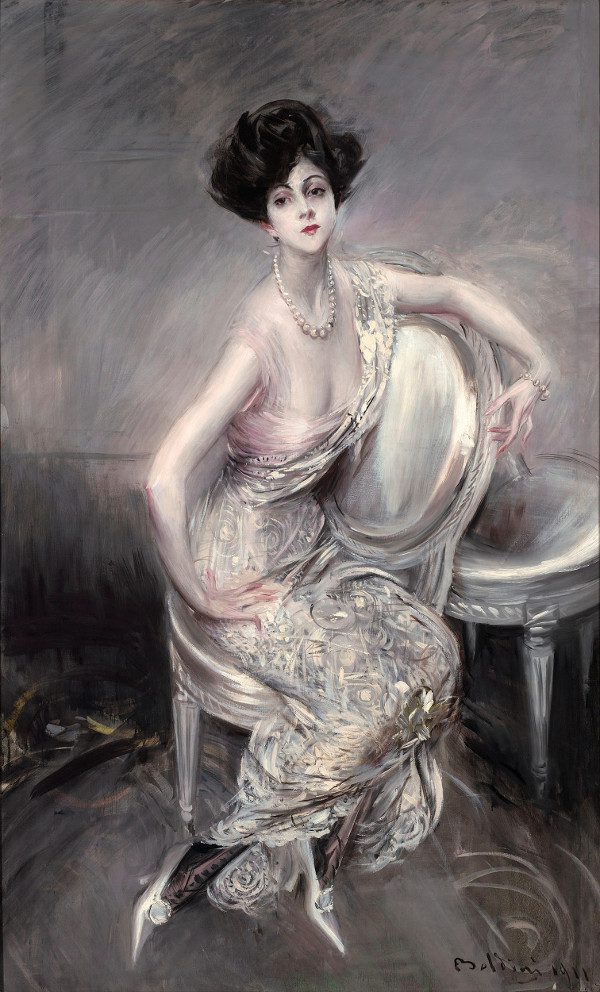
The conditions under which he would supply a few favored customers were somewhat unusual. Yantorny demanded a deposit of one thousand dollars, from which he would subtract the price of each shoe or boot supplied, though delivery often took two or three years. Once he had agreed to work for a customer, he made a plaster model of both feet, on which he would then work and mold his materials until they were as flexible as the finest silk.
Mrs. Lydig’s shoes were fashioned from eleventh – and twelfth-century velvets, with variations in long pointed toes or square-ended toes and correspondingly square heels. Her evening and boudoir slippers utilized brocades or gold- and silver-metal tissue. Some were covered with lace appliqué and leather spats that fitted like a silk sock.
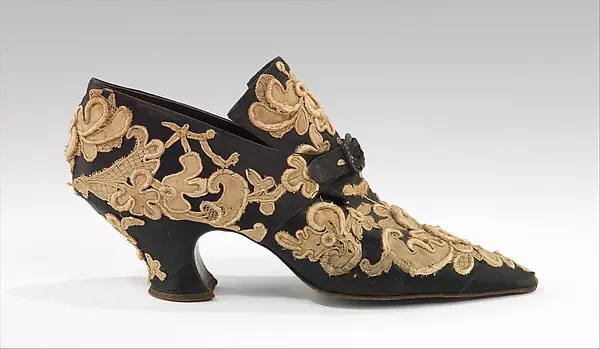
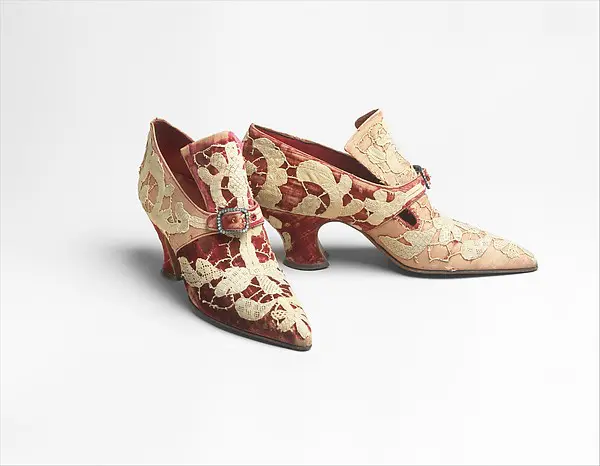
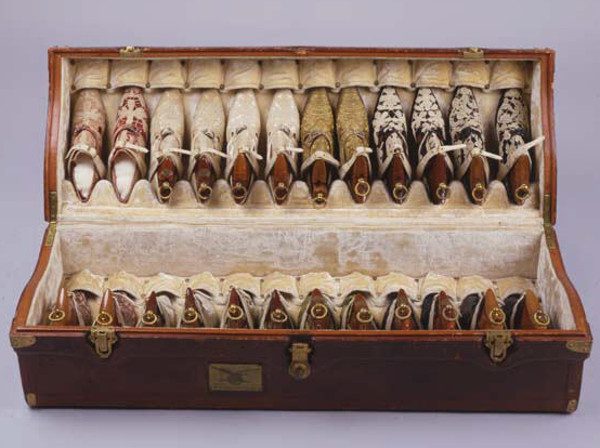
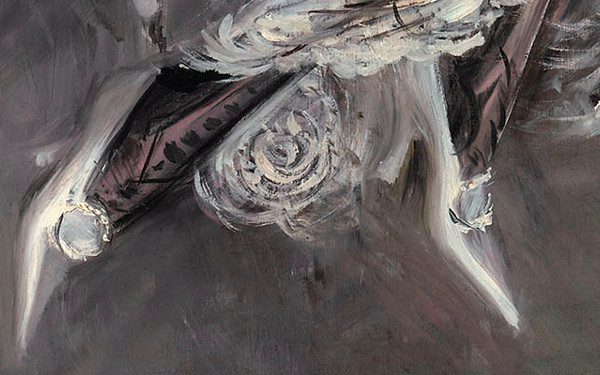
Mrs. Lydig collected violins expressly so that Mr. Yanturni could use their thin, light wood for his shoe trees. With its tree inside, each shoe weighed no more than an ostrich feather. She preserved these shoes in trunks of Russian leather made in St. Petersburg, with heavy locks and a rich cream velvet lining.
